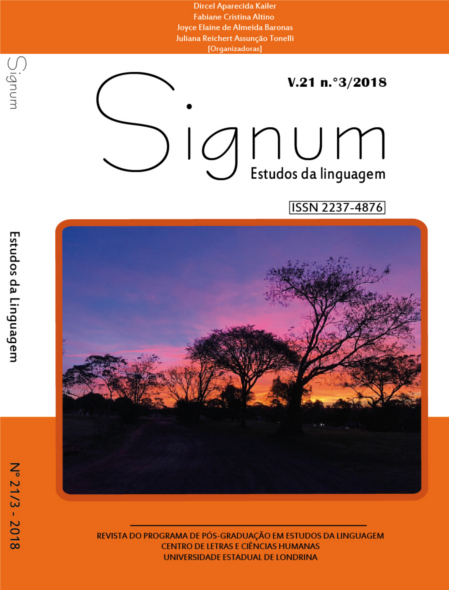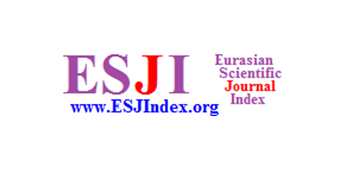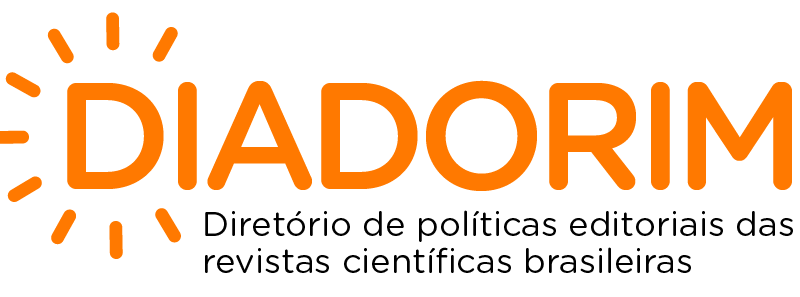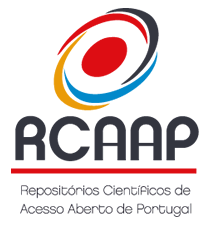From -lândia to -olândia: a morphosemantic approach to the X-lândia constructions in Brazilian Portuguese
Keywords:
Morphology, semantics, mental spaces, conceptual blending, word-formationAbstract
In this paper, the morfo-semantics status of the lexical formations ending in -land in Portuguese is described: their formal characteristics and their extensions of meaning operated over time. To represent the phonological and morphological relevant aspects of these formations, we apply the Booij model (2005, 2010), called Construction Morphology. In turn, the semantic-cognitive aspects of X-(o)lândia are addressed by means of Fauconnier & Turner's (2002) Conceptual Blending Theory. We intent to show which cognitive domains are involved and how blending occurs. To this, we have a corpus consisting of 114 words, extracted mainly from electronic dictionaries, such as Aurélio and Houaiss. We try to show that the new formations differ from the older ones not only by the frontier vowel -o- (see 'Ceilândia' vc. 'Cracolândia'), but above all because they activate a frame that allows naming places of agglomeration, such as 'macacolândia' ('place full of black people') and 'macholândia' ('meeting place of heterosexual males for fun and leisure'). In the case of the onyonyms, such as 'sushilândia' ('oriental food restaurant'), the blending is made by completion, while in the X-olandia formations it I made by elaboration. The main difference between these last two recent uses is the expression of point of view, since X-olândia refers to forms almost always evaluated negatively by the conceptualizer: they are not circumscribed places, being perceived as areas with large contingent of elements depreciated by the speaker.Downloads
References
AURÉLIO, Buarque de Holanda. Novo Dicionário Eletrônico Aurélio. Versão 5.0. 3ª ed. Atualizada. 1ª. impressão Editora Positivo. Positivo informática ltda, 2004.
BISOL, L. Mattoso Câmara Jr. e a palavra prosódica. DELTA, São Paulo, 20 (especial), 59-70, 2004.
BOOIJ, Geert. Compounding and Derivation. Evidence for Construction Morphology. In: W. Dressler et al. (eds.). Morphology and its Demarcations. Amsterdam / Philadelphia: John Benjamins Publishing Company, 2005, pp. 109-131.
BOOIJ, Geert. Construction morphology. Oxford: Oxford University Press, 2010. CANNON, G. Bound-morpheme items: new patterns of derivation. In: Blank, C. (ed.). Language and Civilization: a concerted profusion of essays and studies in honour of Otto Hietsch, 478-494. Frankfurt [etc.]: Peter Lang Publishers, 1992.
CANTERO, M. Formas combinantes: un estudio sobre los procesos morfológicos de truncamiento en español. Filología y Linguística, Madrid, XXX (2): 205-214, 2004.
DUQUE, P. H.; COSTA, M. A. Linguística Cognitiva: em busca de uma arquitetura de linguagem compatível com modelos de armazenamento e categorização de experiências. Natal, RN: EDUFRN, 2012.
FAUCONNIER, G. & TURNER, M. The way we think: conceptual blending and the mind’s hidden complexities. Basic Books, a Member of the Perseus Books Group, New York, 2002.
FERRARI, L. Introdução à Linguística Cognitiva. São Paulo: Contexto, 2011. FILLMORE, C. Frame semantics. In Linguistics in the Morning Calm. Seoul: Hanshin Publishing Co., 1982, p. 111-137.
HIGINO da SILVA, N. A diversidade tipológica na composição de palavras neoclássicas agro-X. Fórum linguistico, Florianópolis, v.14, n.1, p. 1779-1791, jan./mar, 2017.
HOUAISS, Antônio. Dicionário eletrônico Houaiss da Língua Portuguesa. Versão monosuário 3.0. Objetiva, 2009.
KASTOVSKY, Dieter. Astronaut, astrology, astrophysics: about combining forms, classical compounds and affixoids. In: McConchie, R. W. et al. (eds.). Selected Proceedings of the 2008 Symposium on New Approaches in English Historical Lexis (HEL-LEX 2). Somerville, MA: Cascadilla Proceedings Project, 2009, p. 1-13.
LAKOFF, G. Women, fire and dangerous things: what categories reveal about the mind. Chicago: University Press, 1987.
LEHRER, Adrienne. Scapes, holics and thons: the semantics of combining forms. American Speech, 73 (1), 1998, p. 3-28. MARINHO, Elyssa Soares; FERRARI, Lilian. Mesclagem conceptual em piadas curtas. Revista LinguíStica / Revista do Programa de Pós-Graduação em Linguística da Universidade Federal do Rio de Janeiro. Volume 12, número 1, jan-jun de 2016, p. 147-160.
VIEIRA, M. F. O formativo -lândia no português brasileiro contemporâneo: radical ou afixo? Cadernos do NEMP, Rio de Janeiro, n. 3, v. 1, p. 41-51, 2012. WARREN, Beatrice. The importance of combining forms. In: Dressler, Wolfgang U., Hans C. Luschützky Oskar E. Pfeiffer & John R. Rennison (eds.). Contemporary morphology. Berlin/New York: Mouton de Gruyter, 1990, pp. 111–132.
Published
How to Cite
Issue
Section
License
Copyright (c) 2019 Signum: Estudos da Linguagem

This work is licensed under a Creative Commons Attribution-NonCommercial-NoDerivatives 4.0 International License.
This journal reserves the right to make, in the originals, normative, orthographic and grammatical modifications in order to maintain the standard language and the credibility of the publication. It will respect, however, the authors’ style of writing. Modifications, corrections and suggestions of conceptual order will be forwarded to the authors, if necessary. In these cases, the papers, once appropriate, should be submitted to a new appreciation. The final examinations will not be forwarded to the authors. Works published become property of Signum, being its total or partial reprint subject to an explicit authorization of the journal. In all subsequent quotes the original source of publication should be mentioned, in case, in Photographic Discourse. Opinions emitted by the authors are their exclusive responsibility.











